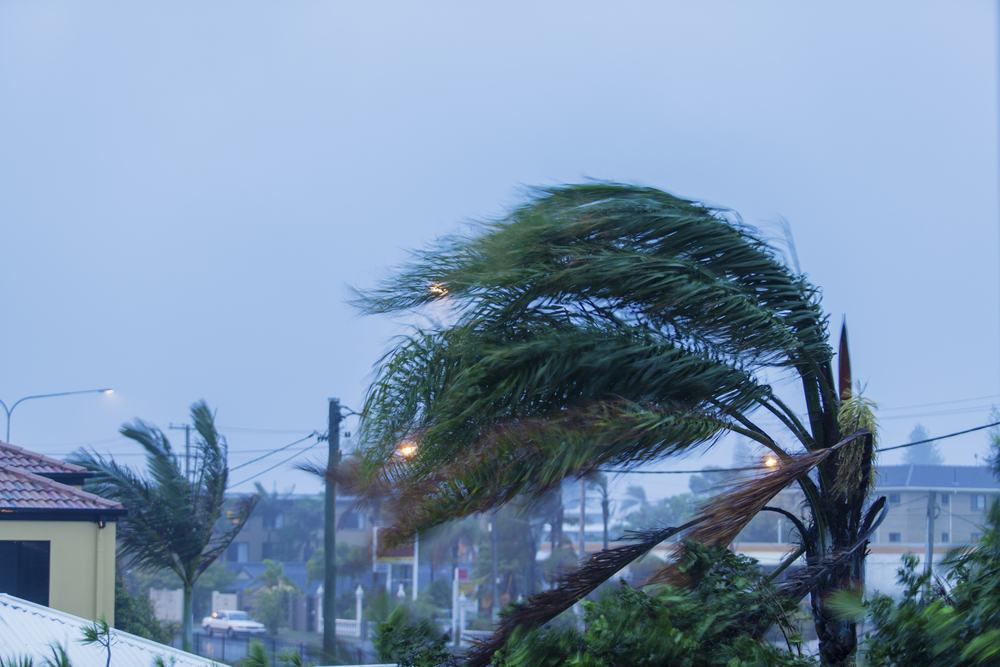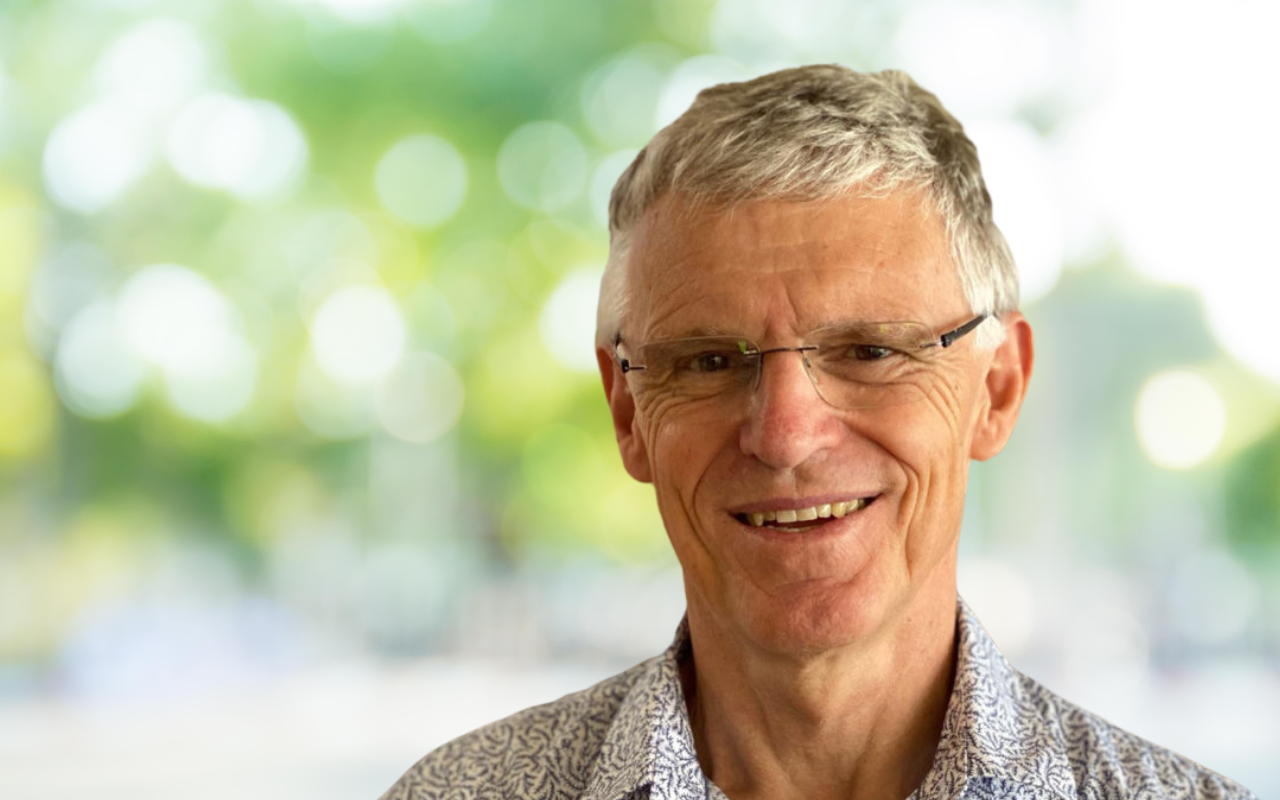Dr Will Cairns explores the challenge of forecasting in complex systems. He writes that even the best forecasting systems cannot make decisions for us; it is up to us as humans to decide the best way forward.
As I described in Part 1, my previous InSight+ article (here), atom bomb creator Leo Szilard was quite prescient in many of his predictions about the challenges that we humans were creating for ourselves. Unfortunately, humanity as a whole remains very reluctant to consider that complex natural phenomena such as our global climate and interconnected biological ecosystems might change over time, or to seek to understand what that might mean. We continue to have great difficulty understanding the roiling complexity of human economies and the epidemiology of human illnesses (including pandemics) as the product of the individual choices of millions and billions of individual humans interacting with natural systems. And most of us remain unable to understand many of the predictions that scientists make about the future of our planet: how they arrive at their conclusions, much of the science that underpins their work, and the meaning of the uncertainty in their projections. Together, these make it very difficult for the community to respond effectively.
It was simply a coincidence that, as the storms of December 2023 brought unprecedented rain and severe flooding in Far North Queensland and a tornado to the Gold Coast, I was reading a book called The primacy of doubt: from quantum physics to climate change, how the science of uncertainty can help us understand our chaotic world. And when several politicians criticised the Bureau of Meteorology for not having predicted these events, I realised how few of us (including me) have had a practical understanding of complex systems and how it might be possible to make projections and plans in the face of their intrinsic chaos and unpredictability.
The primacy of doubt was written by Tim Palmer who did his PhD as a physicist in the field of black holes and then, “almost on a whim,” applied to work at the UK Met[eorology] Office. He brought to that role his physicist’s perspective and an understanding of mathematics, entropy and the second law of thermodynamics, quantum theory, and chaos theory.
He and his colleagues applied all of these, even quantum theory, to bear on challenge of understanding and predicting the weather.

The weather we experience at any moment is driven by energy from the sun and is the product of an ever-changing and complex atmosphere that interacts continuously with the equally dynamic and complex oceans, and the varied surface of the land. It operates over time as the product of countless variables, most of which are unknown and/or unknowable. Nonetheless, weather does have patterns that emerge from the rules of physics that govern the interaction of those variables (chaos theory). These patterns offer the opportunity for making projections about our weather at least a short way into the future.
Previously, meteorologists generally amalgamated the possible outcomes to a single prediction about what would happen, commonly founded on what had happened with similar weather patterns in the past. This consumer product commonly did little to acknowledge the uncertainties or that there were a range of possibilities. Importantly for the community, such predictions offered little guidance that could alert people to potential alternative adverse scenarios for which they might wish to prepare. The most famous example (addressed at length in the book) is 1987’s Michael Fish event. Fish was a BBC weather presenter who denied there was any risk of a hurricane just hours before southern England was struck by one of the worst storms for hundreds of years.
Using much more powerful computers, Palmer and his colleagues ran a retrospective series of model scenarios (an ensemble) from the same 1987 starting dataset but with introduced artificial random variability to account for the unknown unknowns of weather and climate. A significant proportion, but not all, of the ensemble projections produced a severe storm, while others were more benign than Michael Fish had predicted on the day (Palmer, p 100).
Meteorologists now produce ensemble projections for the weather and use them to offer probabilities that certain events will take place. When the individual projections vary greatly, there is less confidence in any one particular outcome, when there is little variety then there is more certainty, but still no guarantee, that the outcome will reflect the majority.
Moreover, when the background climate is changing rapidly, it becomes more likely that models founded in earlier climates will be less accurate and fail to produce projections of extreme weather events that may turn out to be more common in the new state.
Of particular interest here in North Queensland are projections about the paths of tropical storms. Meteorologists were very confident about the course of Cyclone Yasi in 2011, and it was more or less true to their expectations, although our preparations still reflected the need to accommodate a range of possibilities. On the other hand, most projections for Hurricane Katrina in the United States (which struck in 2005) showed that as it approached from the east it would turn north towards Florida, with a smaller number identifying its eventual path towards New Orleans (Palmer, p 102-104), and we all know what happened there. We also make long term preparations — we build strong houses and assemble cyclone kits — for the likelihood that we will experience one in the future.
As I reviewed the final version of this article a week before publication next Monday, here in Townsville the supermarket aisles are bustling with shoppers making last minute purchases of essential supplies and discussing the inherent uncertainty of projections for soon-to-be Cyclone Kirrily that is expected to cross the coast in our vicinity in 2-3 days.
The model for probabilistic weather forecasting is now understood to be applicable across all complex systems such as pandemics, climate, and economics, where the actual outcome is the product of the interaction of a virtually infinite number of factors. Many of these factors are small and will remain individually unidentifiable and may cancel each other out, but together, and rarely individually (ie, the butterfly effect), they can have a huge impact.
Fortunately, patterns do emerge in such systems. And when we are able to identify and understand these patterns, for all their uncertainty, we can make projections about how they might play out and make the choices that reduce the risk of harm.
Scientists now have turned their hand to forecasting the future of the physical characteristics of our biosphere using the techniques developed for forecasting the weather. They acknowledge the known unknowns and try to factor in the unknown unknowns to produce ensemble projections for how the state of the biosphere will change over time.
Perhaps needless to say, projections become less likely to be accurate as they reach further into the future. However, the effectiveness of the models that were used say ten or 20 years ago can be compared to the real outcomes, and those models adapted to reflect what did happen and what science has learned about our climate in the interim to produce more accurate projections for the future.
Earlier projections of significant increases of global mean surface temperature have been reasonably accurate for the expected levels of emissions on which they were based (here). This means that there is little reason to doubt that with sustained carbon dioxide emissions, global temperatures will continue to increase as predicted by newer and more sophisticated modelling, and will disrupt our planet, including of course our health and health care systems.
Contemporary research predicts even higher temperatures, and rising sea levels, and a not insignificant number of projections for both are significantly higher than the mean, and so not necessarily low likelihood events.
With complexity comes doubt and uncertainty about the future that can leave us feeling powerless and overwhelmed into inaction. Nonetheless, doubt and uncertainty are intrinsic to all complex systems that operate as determined by the laws of physics.
So why is all this so important?
Given the rapidly growing pool of hard scientific data is telling us that the state of the surface environment of the planet has changed significantly over the past few hundred years, and those changes are becoming more pronounced, it is perhaps surprising that we are not better able to understand and address these threats to our survival. After all, we pride ourselves as being the first creatures on Earth (perhaps in the universe) whose scope of consciousness allows for science and complex long term planning.
However, it is only recently that we have become aware of the scale of the complexity, dynamism and interconnectedness of Earth’s environments and we are small-town creatures with many of us remaining to be persuaded that we could possibly have caused such disruption.
In January 2020, I published an InSight+ article (here) about the predictable disruptive effects of disasters on complex human systems, including supply chains, and later that month we started to hear of the emergence of coronavirus disease 2019 (COVID-19) in China. I asked someone who worked in finance what impact he felt the emerging pandemic would have. He said that their consensus was that it would have little impact on the markets. Unfortunately, from my personal financial point of view, I lacked the courage of my convictions and failed to board that boat of opportunity. Similarly, the stock market crashes of 1987 (that coincided with the Michael Fish Event!) and 2007 were also not predicted by most people apart from those who did very well, as described in the movie The big short. And certainly not by the professional pundits who have generally failed to identify when markets are vulnerable, except in retrospect.
Unlike the stock market that seems to rebound from its collapses relatively unscathed (so far), collapsed environmental systems upon which we depend are highly unlikely to recover spontaneously. Our tardiness in responding to the warnings about climate change makes it increasingly likely that the recent acceleration in changes in climate will become irreversible. We may find that there are no more lifeboats and the island of human viability, metaphorical or literal, has shrunk, and realise that the restoration of a more human-friendly biosphere might take many millions of years, if ever.
As Palmer points out, science does not make decisions, it simply provides us with the information and understanding, including the uncertainties, upon which we can take action. Our challenge is to agree to act in our best interests in the context of an uncertain future, and we can only do so if we actively engage with the science, and its intrinsic uncertainties, to guide the choices that we are making.
I recommend reading The primacy of doubt. The mysteries of quantum theory and much of the mathematics were beyond my knowledge and abilities so I skipped over those sections (as the author advised early on), and the final chapter seemed irrelevant. However, as a whole it was one of the most enlightening books I have read in a long time.
We humans evolved on our tiny blue dot (here) in the small-world context of villages to be villagers and thus have the inherited behavioural traits and parochial social attitudes and beliefs of villagers. Perhaps the most interesting follow-up question (for Part 3, the final InSight+ article of this series) is whether we have the capacity move beyond our heritage to address a global challenge that requires us to collaborate as global citizens.
Dr Will Cairns has retired from clinical practice as a palliative medicine specialist.
The statements or opinions expressed in this article reflect the views of the authors and do not necessarily represent the official policy of the AMA, the MJA or InSight+ unless so stated.
Subscribe to the free InSight+ weekly newsletter here. It is available to all readers, not just registered medical practitioners.
If you would like to submit an article for consideration, send a Word version to mjainsight-editor@ampco.com.au.

 more_vert
more_vert